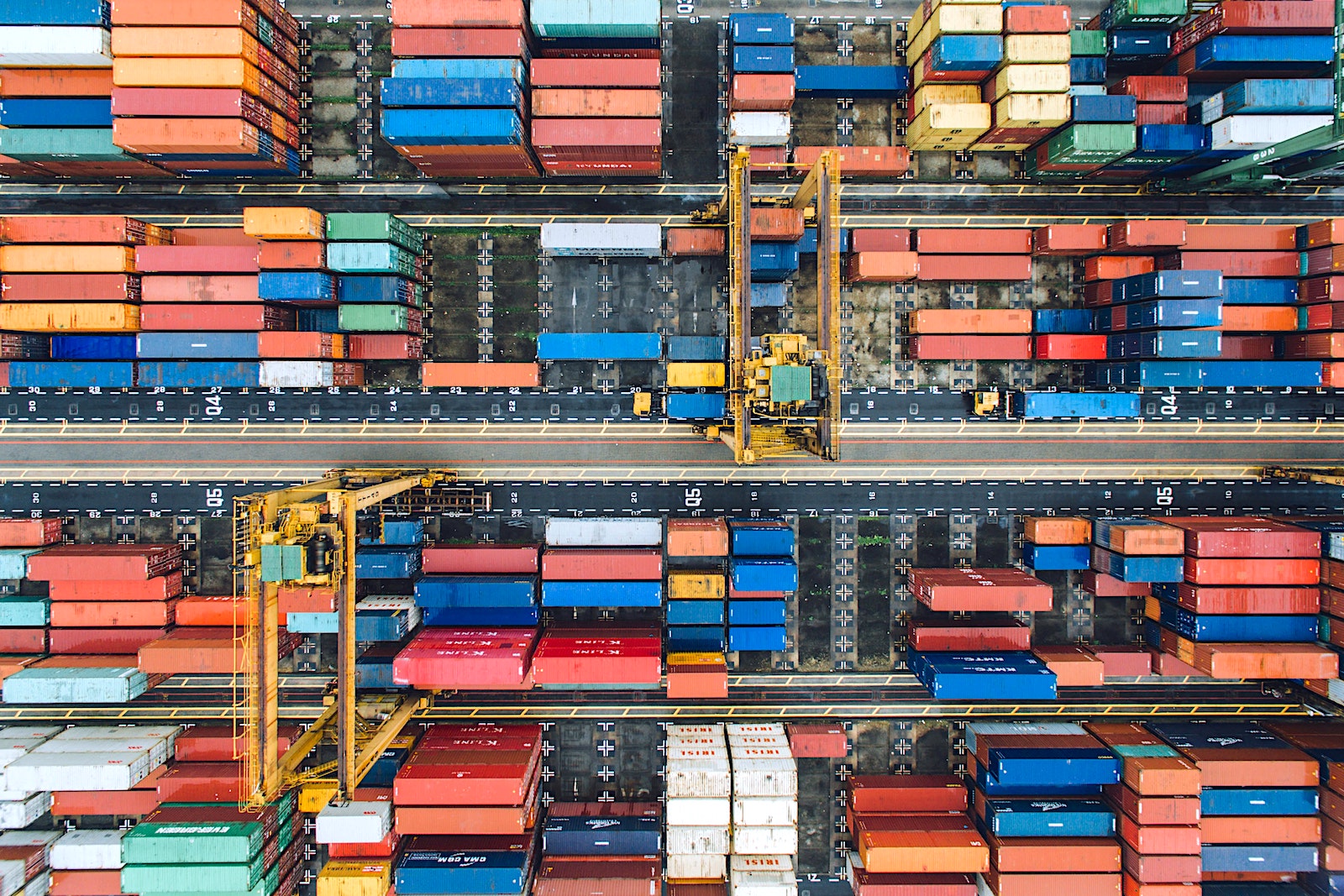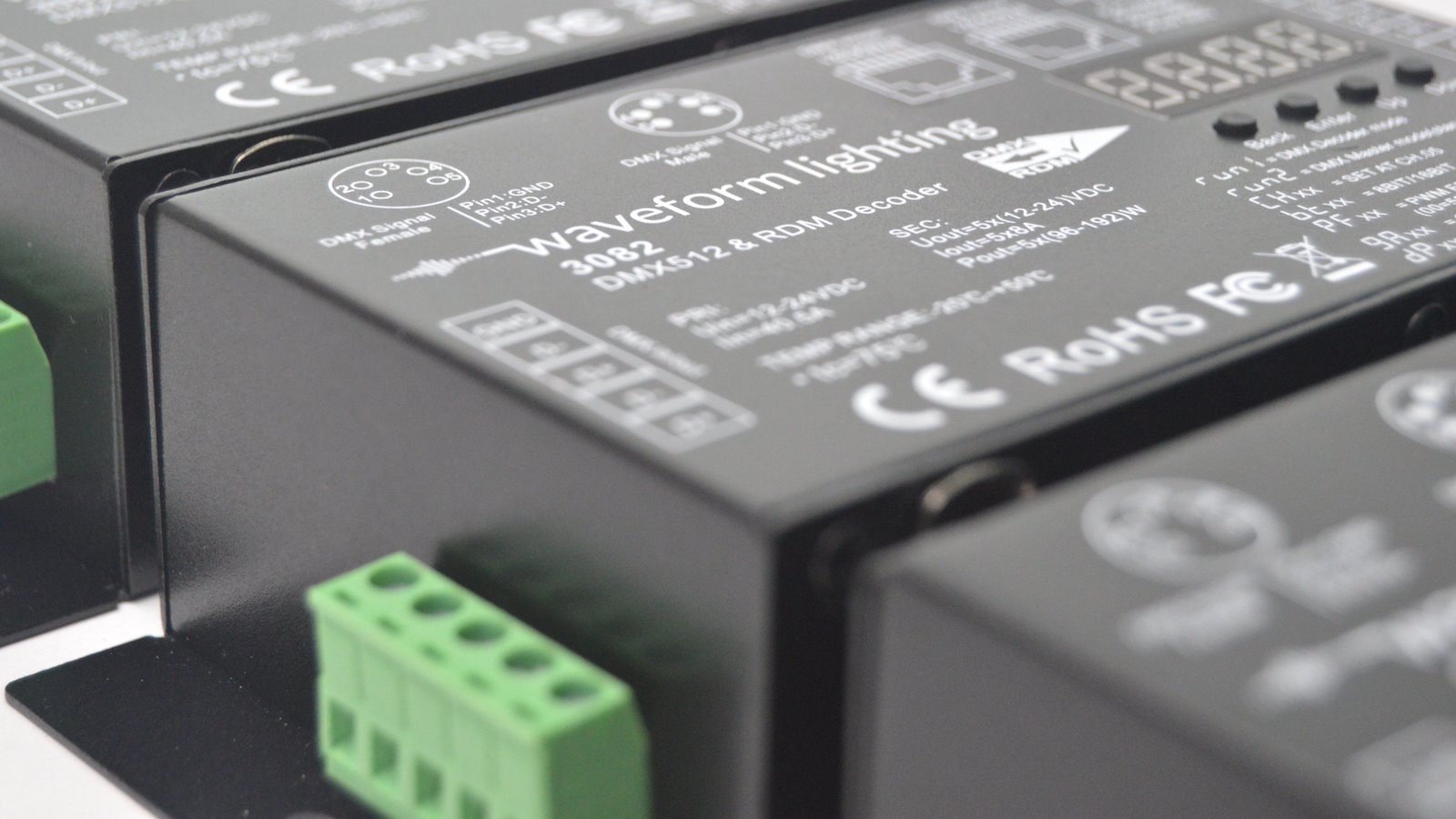Table of Contents
** Minutes
What is physical distribution?
Why is physical distribution important in ecommerce?
4 functions of physical distribution
Outsourcing physical distribution management to ShipBob
Picture this: you live in Los Angeles and you want to order an item from an online brand. Once it’s time to to check out, you’re taken back by the high shipping costs and how long it would take to receive your order, so you look elsewhere.
You find the same product from a different online store that offers faster and affordable shipping. For a similar product, you wonder: how can there be such a big discrepancy between shipping and delivery times?
It all comes down to physical distribution of inventory. If you manage an ecommerce brand, how you distribute physical inventory geographically is key to offering cost-effective and fast shipping options.
In terms of supply chain optimisation, physical distribution demands more attention than one might expect.
In this article, you will learn why it’s important to think through your physical distribution logistics, and how it impacts your supply chain and the customer experience.
What is physical distribution?
Physical distribution refers to the movement of finished goods from a company’s distribution and fulfilment network to the end user. In ecommerce, physical distribution involves several ecommerce supply chain activities including warehousing, inventory control, order processing, retail fulfilment, and shipping.
In many cases, physical distribution of goods consists of multiple fulfilment centres within a single distribution network to reduce shipping costs and speed up transit times for customer orders.
Why is physical distribution important in ecommerce?
Even though ecommerce takes place online, physical distribution is important because it is linked to three critical business objectives that impact your bottom line: faster shipping, reduced logistics costs, and high customer satisfaction.
Here is a closer look at how physical distribution contributes to supply chain efficiency:
1. Supports faster shipping times
The ability to offer customers faster and affordable shipping options has proven to reduce cart abandonment and increase customer loyalty, especially since marketplaces like Amazon and Walmart Marketplace have set high expectations for fast shipping.
Physical distribution for faster shipping can be done by strategically storing inventory across several locations (or a centralised location) based on where your customers are, rather than shipping all orders from a single warehouse (for young brands, a single warehouse is often close to where they live, but this is not always close to the majority of their customers).
For instance, if you store inventory in Chicago, you can reach other regions of the country faster, then let’s say, storing all your inventory in Los Angeles when you have customers in both the Midwest and the East Coast.
Ultimately, the quicker a customer gets their order, the happier they are and more likely they are to buy again.
2. Reduces physical distribution costs
If you achieve a faster, more efficient last-mile delivery without the need for expensive expedited shipping, you not only reduce costs for you but you can also pass those savings on to your customers, whether you offer free shipping in exchange for a minimum spend or charge real-time carrier rates.
For example, if your customers are scattered across the US, distributing products in different US regions can reduce the average shipping zone a package is sent to reach its destination. The higher the zone, the more expensive it will be, further building the case for optimised physical distribution.
Note: You can use historical order data and other distribution metrics to determine where your customers live and if it makes sense to store inventory in one or more locations to save on costs.
3. Improves customer satisfaction
Strategic physical distribution not only improves your bottom line, but it ultimately leads to higher customer satisfaction and a better customer experience.
By optimising shipping routes and storing inventory closer to your customers, you save money while reducing time in transit, so customers receive their orders faster and at an affordable price.
Implementing a cost-effective physical distribution model can also allow for better shipping incentives, such as free shipping on offers like bundles, upsells, or a minimum spend threshold to further offset costs.
4 functions of physical distribution
An effective physical distribution model involves several different functions throughout the retail supply chain. Here are the different functions of physical distribution that every ecommerce business should pay attention to:
1. Automated order processing
Implementing technology that automates order processing allows you process orders from anywhere by tracking orders in real time.
No matter where a customer places an order, order processing technology allows you to automatically verify and process orders. Order information is automatically sent to the fulfilment centre location closest to the order’s shipping destination.
Order processing software is often integrated with a fulfilment or inventory management system, making it easier to track inventory and manage orders in one place. This way, you can better control stock, optimise inventory levels, and make sure you have enough inventory stored at each distribution location.
2. Warehouse management
How you manage a warehouse also impacts how well your physical distribution model works. Warehouse management consists of receiving inventory, optimising storage, tracking stock levels, and picking, packing, and shipping orders.
To keep your warehouse running efficiently, consider adopting a warehouse management system (WMS) that will give you visibility into your warehouse operations, which SKUs are stored at which location, inventory forecasting data, and operational workflows.
A WMS can also help keep warehouses organised by SKU, optimise space, and reduce human error by eliminating manual processes.
3. Inventory control
Keeping an eye on inventory as it moves can be a time-consuming task, but with the right inventory tracking processes in place, you can easily optimise inventory levels across your network and avoid stockouts and dead stock, as well as warehouse picking errors.
Inventory control focuses on optimising operations and often involves the implementation of a WMS, from scanning in new items in real time on the warehouse floor to preparing units for kitting and assembly.
By implementing technology processes to better control inventory, you can improve inventory optimisation while expanding into multiple distribution centre locations.
4. Automated shipping
Physical distribution of inventory also requires a shipping strategy. You will need to think through how orders from a warehouse or fulfilment centre will be shipped to the customer in the most cost-effective way possible.
Shipping accounts for the bulk of physical distribution costs, so it’s important to keep track of your shipping costs throughout your network.
If you partner with a 3PL like ShipBob, you can automate the shipping process no matter how small or large your 3PL distribution network is.
Automating the shipping process comes with several key advantages, including the ability to aggregate and access shipping insights such as data on average transit times, cart values, shipping methods, and shipping destinations to help you optimise your costs and test different shipping price strategies.
ShipBob also partners with major shipping couriers to negotiate rates, so you can pass the savings on to your customers.
Outsourcing physical distribution management to ShipBob
As your business grows, inbound and outbound logistics can become even more time-consuming. Determining how to strategically distribute inventory requires planning, logistics expertise, data and analytics, and access to a robust fulfilment infrastructure.
That’s why instead of investing in physical distribution, most fast-growing ecommerce brands choose to outsource fulfilment and logistics to a distribution partner or third-party logistics (3PL) company like ShipBob.
Here are some of the ways in which partnering with ShipBob can help you improve supply chain efficiency:
Allows for more efficient distributed fulfilment
ShipBob can help you establish a distribution model that makes sense for your business, whether it’s done regionally or in multiple countries.
Through our growing domestic and international fulfilment network, we offer options for merchants to store inventory in multiple locations across the US and across the globe.
Our proprietary software automatically routes customers orders to the fulfilment centre that’s closest to the destination, so it is fulfiled quickly and shipped in the most cost-effective way to reduce shipping costs and transit times exponentially as you grow.
“We love that ShipBob actually operates its fulfilment centres — they know their operations and they are very clear about it. ShipBob having multiple locations was also huge for us. Keeping our inventory in Chicago and Los Angeles has brought cost savings since we ship from the locations that are closest to the customer.”
Courtney Lee, founder of Prymal
If your customers are located across the US, you can offer 2-day shipping via ground for your customers by storing inventory in several regions across the country. If you have customers in different countries, you can even ship orders domestically in those locations.
Gives you the flexibility to grow your business
Many ecommerce brands don’t have the resources and time to establish, expand, and manage their own physical distribution network and fulfilment infrastructure.
With ShipBob, you’re able to access a robust fulfilment network to meet customer demand while saving time, money, and energy. This allows you to focus on other initiatives such as product development, marketing and sales, and customer service.
“I wanted to create something that was fully automated, so I could focus on driving sales. I didn’t want to have to worry about inventory and distribution as much.
When I was gearing up to launch my business, I was looking for someone who would automate fulfilment for us. I chose ShipBob, and it turned out to be a very easy and scalable solution.”
Josh Hollings, Founder & CEO of Drop FX
Without having to worry about processing orders, storing inventory, and fulfiling and shipping orders, you will have more time to plan for future growth. ShipBob offers resources, expertise, and support to help you make more informed decisions, such as if and where you should expand your physical distribution network over time.
Reduces your overall costs
As your business grows, costs associated with warehousing, order fulfilment, and shipping will increase, especially if you oversee supply chain management.
With ShipBob, you will save money on logistics, from carrying costs to fulfilment costs, to shipping. That’s because ShipBob offers the physical distribution infrastructure you need to grow your business, no matter what size your brand is.
If you are at an early stage of growth, you can start by storing inventory in a centralised location, then slowly move into other locations as your business grows.
“As we started to hit that first inflection point of growth, it became apparent we needed to look for a 3PL that could help us expand geographically in the US and also drive down shipping costs and expenses.
We need to deliver quickly and inexpensively. Since switching to ShipBob from our previous 3PL, our fulfilment cost on comparable orders went down by 25%.”
Michael Peters, VP of E-Commerce Operations at TB12
Tracks your physical distribution order data
Data is the foundation upon supply chain planning and how operations are built. When you outsource physical distribution to a tech-enabled 3PL like ShipBob, you will have access to data from across your entire supply chain.
ShipBob’s free data and analytics reporting tool provides valuable insights to help you make informed decisions on inventory allocation, so you can optimise your logistics operations while reducing costs. Get answers to the following questions:
- How should I distribute my inventory across ShipBob’s fulfilment network?
- What would my shipping costs be if I went from one fulfilment centre to two (or two to three, and so on)?
- How many days of inventory do I have left before I run out?
- What is my SKU performance over time?
- Where are my customers shipping to most often?
- And much more.
“We strive to be very data-driven, and ShipBob gives us access to different views of our business. Their analytics tool has been great to have. We can see inventory reconciliations and easily view SKU velocity, transit times, and inventory distribution recommendations.”
Pablo Gabatto, Business Operations Manager at Ample Foods
You also get visibility into our actual fulfilment performance, how much money you’re spending on logistics costs, and much more. This level of transparency helps you maintain control and visibility over your supply chain while outsourcing operations to us.
Physical distribution for ecommerce with ShipBob
ShipBob is a leading fulfilment and logistics provider with a global fulfilment network and best-in-class technology. We offer the infrastructure, data and analytics, deep expertise, and helpful support to help you strategically expand your distribution network to save on costs, speed up transit times, and meet customer expectations.
We excel at saving clients both time and money when they partner with us for every stage of the supply chain, from warehousing and fulfilment to shipping. Since ShipBob’s entire physical distribution network is powered by our own technology, you can store inventory in several locations and easily track inventory and order status all from one dashboard.
Click the button below to learn more about how ShipBob works.
Physical distribution FAQs
Here are answers to some of the common questions related to physical distribution.
What is physical distribution management?
In ecommerce, physical distribution refers to the movement of finished goods from the manufacturer to a brand’s distribution network. It consists of several supply chain functions including managing multiple warehouse locations, inventory control, order processing, ecommerce fulfilment, and shipping.
What is the objective of physical distribution?
The objective of physical distribution is to strategically distribute inventory across a fulfilment network, so customers’ orders are delivered faster and in the most cost-effective way to meet customer expectations.
What are the various costs associated with physical distribution?
There are several costs associated with physical distribution, including warehousing, fulfiling, and shipping. If you manage your own warehouse, it might also include labour costs associated with warehouse management and fulfilment.



